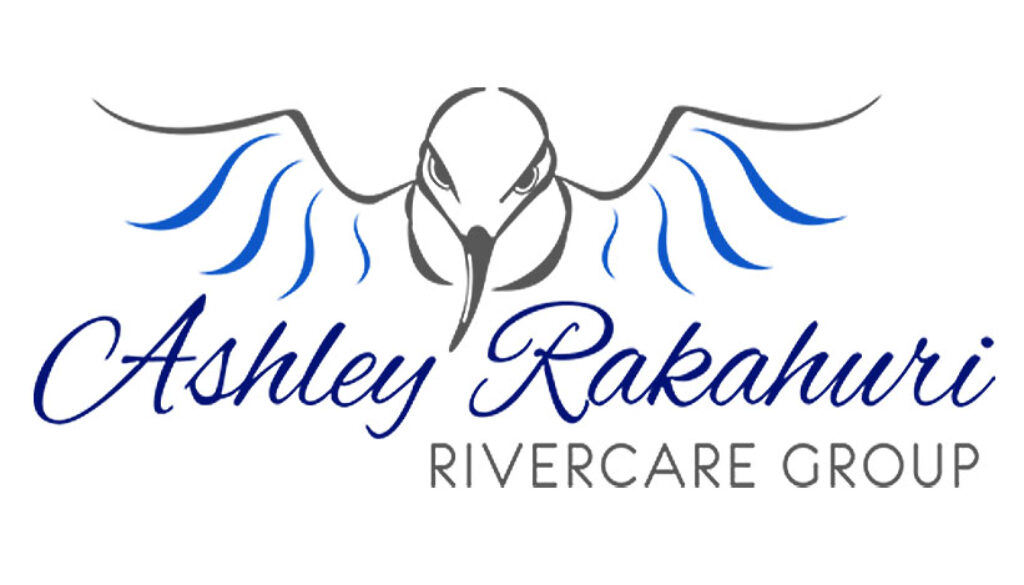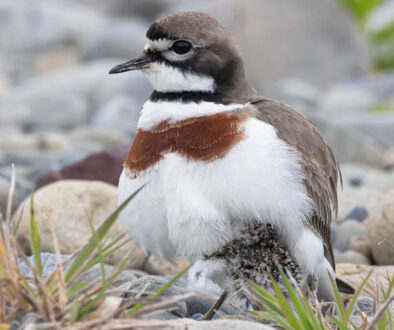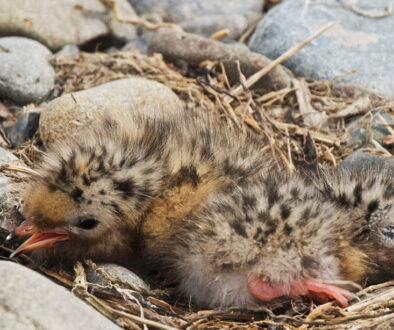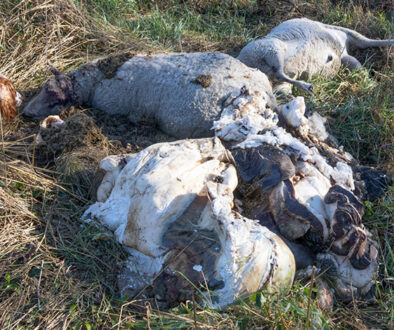Group Update, August 2021
by Nick Ledgard, ARRG Chair
The last Update was written earlier this year in January, so a fair bit of water has gone under the bridge since then. Quite literally actually, as the most significant happening affecting our local river over the last 6 months has been the record floods of late May and mid June.
Down on the river. The floods not only cleared the riverbed of virtually all weeds, but also ate into the margin of the vegetated berm which lies between the open fairway and the marginal banks. This has widened the fairway in places, but it may well be less braided than before. Despite the floods, the berm remains considerably wider than it was a few decades ago, and as stated publicly many times recently, a braided river must have ‘room to move’ in order to maintain the braided riverbed habitat which the birds need for successful breeding and feeding. Although we now have a ‘weed-free / clean slate’ riverbed, the future challenge is how to keep it that way.
Bird movement. After February, our core indigenous breeding bird species (wrybill, black-fronted tern (BFT), black-billed gull (BBG), banded dotterel (BD), pied stilt and S. Is pied oystercatcher) move out to warmer winter locations. Most retreat to the coast and the northern N. Island, whilst some of the banded dotterels cross the Tasman Sea to Australia. Over winter, only a handful of other species, including a few BFT, remain on the river. We have good records of these, as some sections of the riverbed are walked at least monthly by Grant Davey and myself.
Right now, the breeding birds are starting to return. The first wrybill was seen on August 16, and we can expect to find nests from around mid-September. Small numbers of BD, BBG and BFT have also been seen, and some BD may be nesting as they are usually the first to start. Nesting colonies of the gulls and terns are unlikely to be established before mid-October. The May/June floods mean that there are many weed-free sites available for breeding, but that major disruption which was followed by a number of other high flow events may result in a slower than usual return of core foods – aquatic insects and small fish.
Maintaining habitat. Weed invasion remains our greatest threat, as although the record May/June floods swept the riverbed clean, the weeds will rapidly return. Initially, they will be small and more readily removed, so we have new opportunities for sorting out the cost-effective means of controlling them. The riverbed is owned by ECan and understandably, the prime aim of past management has been on flood control. This has sometimes been at the expense of conservation values, such as bird habitat. Hence, over the last year, we have had many discussions about shifting the management focus more towards environmental considerations.
Gravel extraction. This is the main commercial activity undertaken on the river. Although such activity can assist the birds by removing weeds, there are many examples which show that it can also create problems if not carried out properly. In our discussions, we have pointed these out to ECan, who are keen to correct consent deficiencies and improve their oversight. They are very aware that we spend more time on the riverbed than virtually anyone else, and so can act as watchdogs. Gravel extraction has been considerable (some would say excessive) over recent years. It is likely to become more restricted in the near future, as despite the recent floods moving masses of gravel down-river, very little of this is ‘new’ ie., originating from catchment headwaters.
Predator trapping. This remains our major commitment in terms of personnel and operational hours involved – and continues all year round, both alongside the river and around the estuary. Over the last year there have been on average 236 traps along the river and 129 at the estuary, serviced at least monthly by 26 volunteer trappers. Nearly 100 traps were lost to the May/June floods, but thanks to generous cash donations and supply of materials, the majority of those have now been replaced. We are particularly grateful to the Mens Shed at Rymans Healthcare village who have made nearly all the replacement DOC200 boxes.
Trap catch. Over the past 2 years, we have trapped almost 1000 predators, with the dominant species being hedgehogs and rats. However, despite the consistent trapping effort, results show that the trap-catch rate has been static over recent years – at around 0.5 predators caught per 100 trap nights. The composition of predators caught alongside the river was very different to that caught at the estuary. Compared to the river, the estuary had a higher percentage of rats (53% estuary; 35% river), stoats (16%; 6%) and weasels (18%; 11%), but a lower percentage of hedgehogs (9%; 38%) and feral cats (5%; 10%). The reasons for this are unknown.
How effective are traps? We have long suspected that many predators visiting trap sites do not get caught. In order to look more closely at this, we set up a project for a student, Quill Yates. He investigated predator visits and catches over a 2-month period last autumn. Trail cameras were set up at three sites where three trap types were placed alongside each other. Almost 20,000 images were analysed. The main finding was that only 8.3% of predator visits resulted in successful catches. The percentage caught / visit for feral cats, rats and hedgehogs were 2%, 22% and 22% respectively. Too few mustelids (ferrets, stoats and weasels) were caught to allow for any analyses to be done. A detailed report is being written, which will contain recommendations as to how the number of trap-catches might be improved.
Trapping review. A year ago, ECan agreed to fund a review of our trapping strategy, including the possibility of doubling our trap numbers by installing a double line alongside the river. A contractor has been approached to undertake the review.
Human disturbance. We continue to make sure the public are well informed – via media articles, presentations and talks, displays, and our website and Facebook page. In the 2020-21 year, there were 39 different promotion activities undertaken. Earlier this month, all 4WD access ways were mapped, and as in previous years, these will be blocked during the breeding season (September to the end of January).
Finances. The Group is always closely following its accounts and budget situation – and generally, our finances are in good shape. We are now mostly self-funded for our day-to-day existence, with monies coming from donations, our trap making and selling, and sponsorship via Karikaas Natural Dairy Products Ltd cheese sales. Funds for larger special projects usually come from ECan.
Reports. For over a year, ECan has been drafting a long-term management plan for the Ashley-Rakahuri River. This will recommend how we carry on into the future. It is hoped to be able to read this report in the near future. The annual report for 2020-21 will be completed within the next month. This, and a number of internal reports (referenced in the annual report), are written by Grant Davey and myself.
Group structure and meetings. In addition to the normal committee hierarchy of chair, secretary and treasurer, it was agreed in June to create three management teams – operations, communication and administration. It was felt that such a structure will lead to less work required by any one individual. The teams will be confirmed at the 2021 AGM on October 7, together with the member(s) to lead each of them. Our 8-person Management Committee continues to meet regularly.
Finally, this will be the last Update that I write as Chairman. After 18 years in this position, it is time to hand over to someone else.
As usual, many thanks to all our volunteers for the time taken to support our cause.
Nick Ledgard
Chair, ARRG




